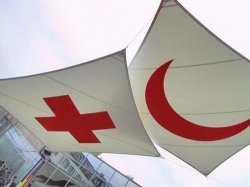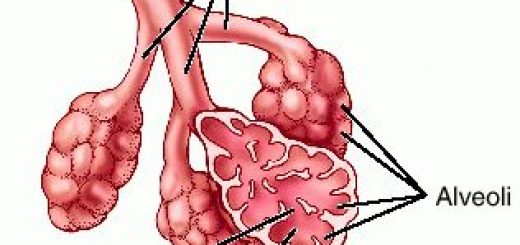What is the Red Cross?
Most people have heard of the Red Cross, whether it be on TV, the radio or on the street!

The International Red Cross and Red Crescent Movement is made up of three components:
1) International Committee of the Red Cross (ICRC)
2) Federation of Red Cross and Red Crescent Societies (IFRC)
3) National Red Cross / Red Crescent Societies
Overall, these make up the international Movement which is the world’s largest humanitarian group. For this reason, the Movement is sometimes referred to the world’s “life support machine”. The IFRC estimates the Movement has nearly 100 million “members, volunteers and supporters”
The Movement is guided by 7 fundamental principles which underline all its work. These principles are:
> Humanity
> Impartiality
> Neutrality
> Independence
> Voluntary service
> Unity
> Universality
Or HINIVUU for short!
The International Committee of the Red Cross (ICRC)
The ICRC is a private organisation based in Geneva, Switzerland. The ICRC’s mission is to protect victims of armed violence and conflict around the world and deliver humanitarian aid to areas affected by violence.
The ICRC is also responsible for monitoring adherence to the four Geneva conventions which lay out basic rules of war. The Geneva conventions seek to protect those not taking part in hostilities, such as medical personnel and wounded soldiers.
“The ICRC is an impartial, neutral and independent organization whose exclusively humanitarian mission is to protect the lives and dignity of victims of war and internal violence and to provide them with assistance.”
National Societies
Currently, there are 186 National Societies in existence. They predominantly work in their own country, providing services and humanitarian relief.
Each National Society will differ in terms of the services it provides. For example, the American Red Cross handles blood donations whereas the British Red Cross does not.
People interested in volunteering or working for the Movement will normally become a volunteer / staff member with their National Society. You can find a list of National Societies along with contact details on the IFRC’s website.
Federation of Red Cross and Red Crescent Societies (IFRC)
The IFRC is the umbrella organisation for the 186 National Societies. The IFRC works to co-ordinate humanitarian responses to natural disasters. It also plays a role in helping strengthen and develop the activities of National Societies.
The IFRC’s vision is…”To inspire, encourage, facilitate and promote at all times all forms of humanitarian activities by National Societies, with a view to preventing and alleviating human suffering, and thereby contributing to the maintenance and promotion of human dignity and peace in the world.”
Whilst the IFRC does not accept volunteers directly from National Societies, it does employ members of staff in an co-ordination and advisory role.






There’s also the Red Cross Clubs at universities and colleges! They are usually the students who coordinate the blood drives and most of the charity drives for local causes. My university’s Red Cross Club pretty much is described by what you have written. This past semester, they got funds and resources to give a homeless woman some supplies to survive the winter, which is amazing.
This is really interesting.
I wonder where the Red Cross originated.
There are several branches that I didn’t know about. I thought it was only one.